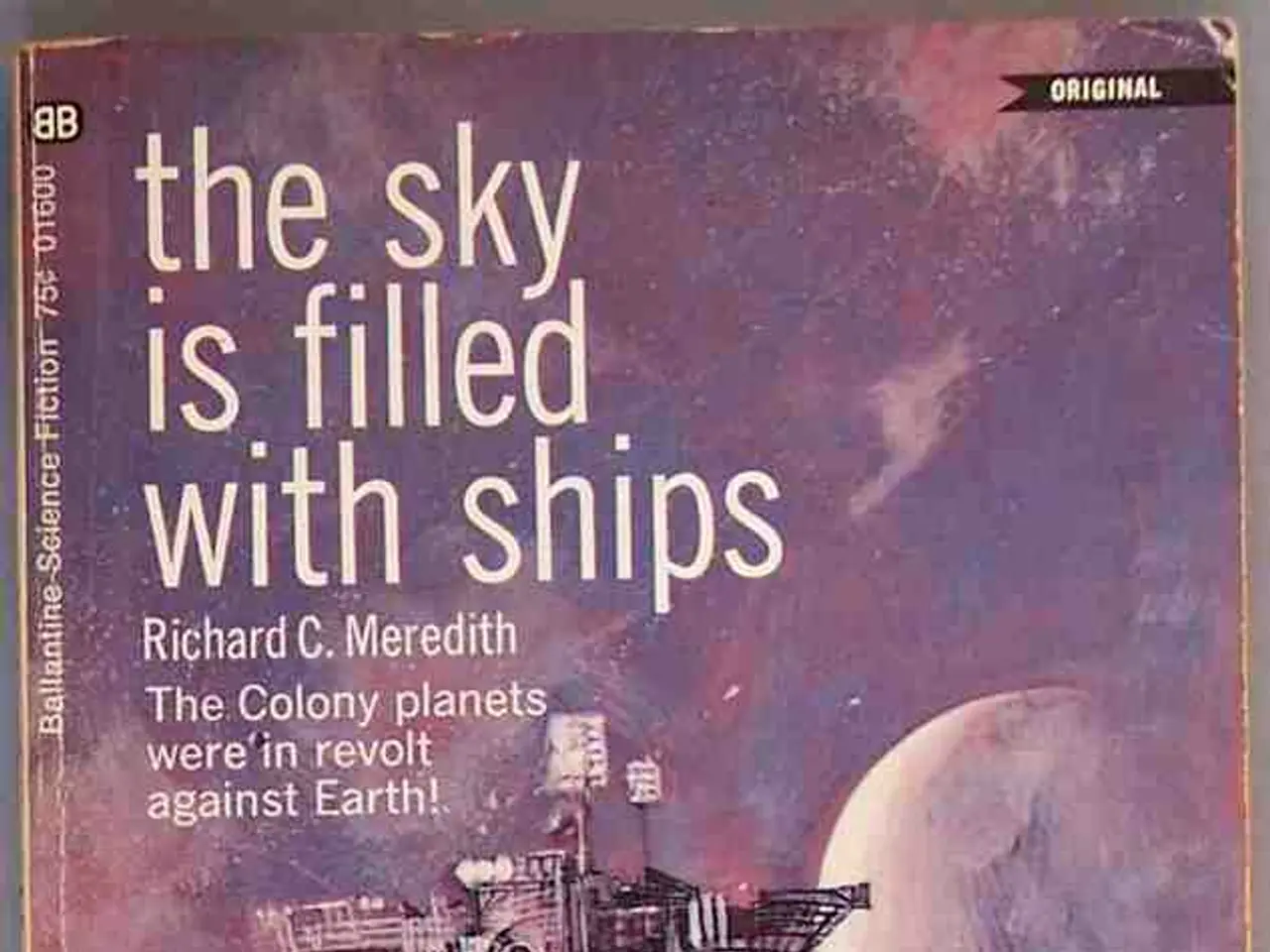Astronomers' significant discovery, facilitated by AI, reveals a staggering event: a supernova under the influence of a black hole's violent pull.
In a groundbreaking discovery, scientists have observed a highly unusual supernova event named SN 2023zkd. This cosmic explosion, which took place approximately 730 million light-years away in a galaxy with little ongoing star formation, provides compelling evidence of the role black holes play in triggering stellar explosions.
The star at the heart of SN 2023zkd was under immense gravitational stress, as indicated by its pre-explosion phase lasting about 1,500 days—a phenomenon rarely seen in such events. This prolonged brightening period suggests that the star was in a close, destructive interaction with a black hole companion.
The AI systems employed in the research proved to be invaluable in flagging this rare cosmic event in real time. The discovery was made using a new AI system designed to detect unusual cosmic events, which alerted astronomers to the unusual brightening behavior exhibited by SN 2023zkd. This early detection was crucial in capturing the event’s complex evolution and its unusual double-peaked light curve, which challenges traditional models of supernovae.
The explosion's first light peak occurred when the blast wave struck low-density material, while the second peak months later was caused by a slower, sustained collision with a dense, disk-shaped cloud of gas and dust that the black hole had stripped from the star before its death. This double-peaked light curve is a testament to the intricate interplay between the star, the black hole, and the surrounding cosmic environment.
The study reveals a clearer picture of how massive stars live and die in binary systems, offering a deeper understanding of the role black holes play in these cosmic events. The findings also highlight the potential of AI and upcoming facilities like the Vera C. Rubin Observatory in studying rare, complex cosmic events.
SN 2023zkd is considered the strongest evidence to date that close interactions between stars and black holes can detonate a star. Over time, the black hole's gravity could have destabilized the star, pushing it to collapse. The event underscores the transformative power of AI and machine learning in astrophysics, as these tools can identify rare or hidden stellar explosions, especially those involving intricate phenomena like massive stars interacting with black holes.
This discovery marks a significant milestone in our understanding of the universe, opening a new window on the role black holes play in triggering stellar explosions. As we continue to harness the power of AI and advanced observatories, we can expect to uncover more extraordinary cosmic events like SN 2023zkd, deepening our understanding of stellar death and black hole effects.
[1] The Astrophysical Journal, August 13, 2023 [2] Zwicky Transient Facility, California [3] Vera C. Rubin Observatory, Chilean Andes mountains [4] Artificial Intelligence in Astrophysics [5] Black Holes and Stellar Explosions: A New Perspective
[1] The discovery of SN 2023zkd, a rare cosmic event, was made possible in part by the advancement of Artificial Intelligence in Astrophysics.
[2] As the AI systems employed proved instrumental in detecting the event in real time, future astronomical research in space-and-astronomy could greatly benefit from advancements in technology and artificial-intelligence.
[3] The study of SN 2023zkd has provided new insights into black holes and their role in triggering stellar explosions, offering a fresh perspective on the interaction of massive stars with these cosmic entities. Such findings will inspire further exploration and discovery with upcoming facilities like the Vera C. Rubin Observatory in the Chilean Andes mountains.




